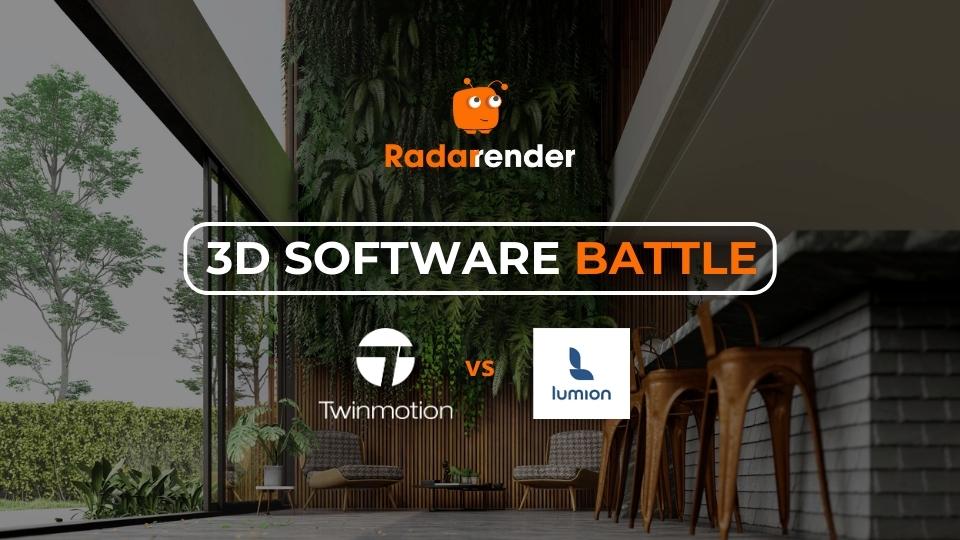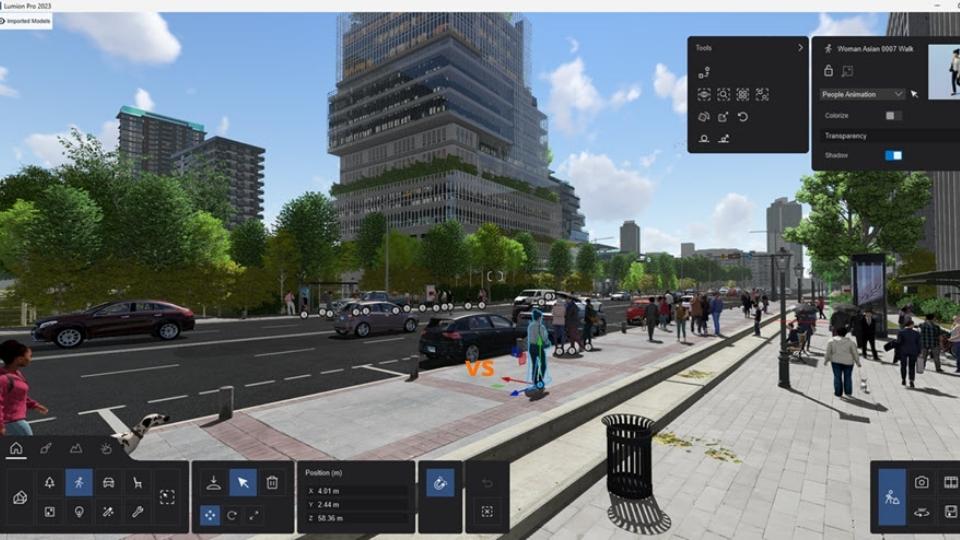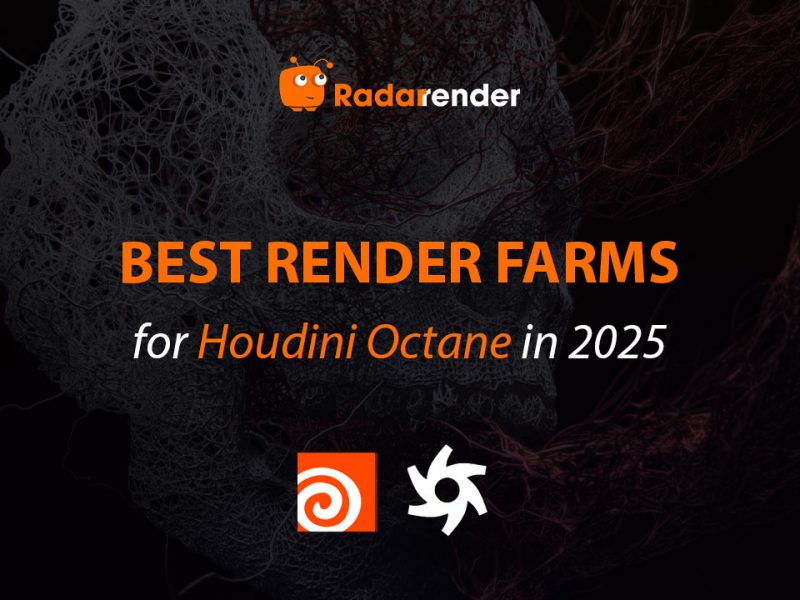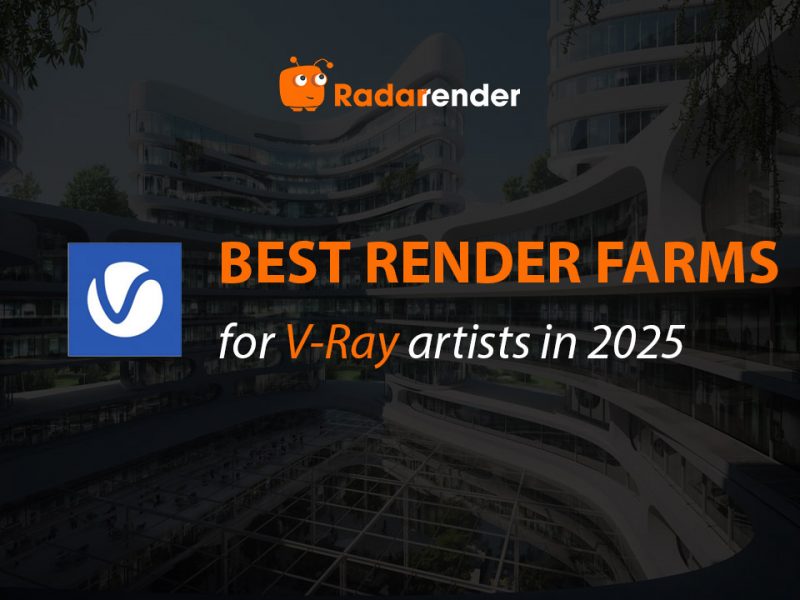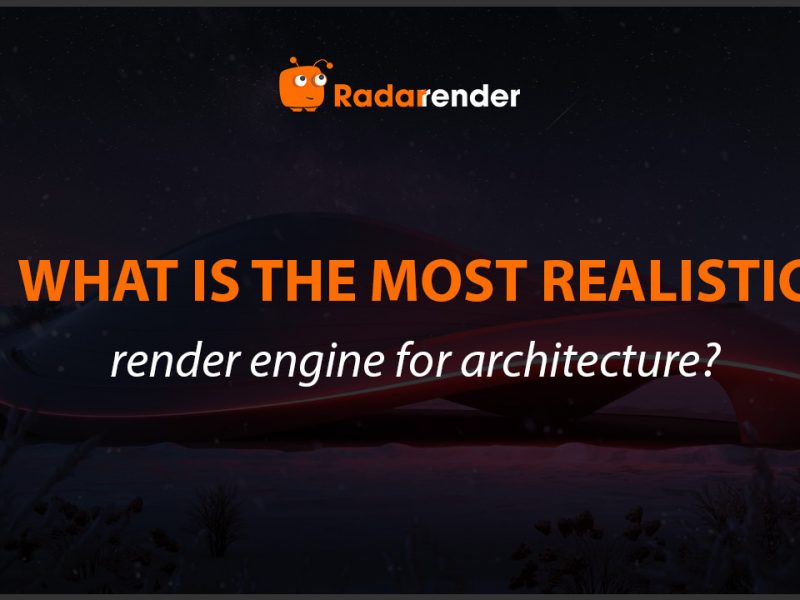What is the difference between Twinmotion vs Lumion?
Continue the battle 3D software, today, we are going to explore Twinmotion vs Lumion and answer some questions: what is the difference between them, and which one is better?
Overview of Twinmotion vs Lumion
Twinmotion
Twinmotion is a real-time 3D architectural visualization software developed by Epic Games. It is designed to provide architects, urban planners, and designers with a powerful tool for creating high-quality visualizations of their projects.
Lumion
Lumion 3D rendering software was created to empower architects and designers to visualize designs on their own terms, with ease and simplicity. It is widely used by architects, designers, and urban planners to create compelling visualizations of their projects. Lumion is known for its user-friendly interface and the ability to quickly produce high-quality renders.
Why do we need to compare Twinmotion vs Lumion?
The purpose of this article is to compare and contrast Twinmotion and Lumion. This comparison will provide a comprehensive analysis of both software: features, pros and cons. It will be useful for architects, interior designers, 3D artists, and other professionals in the architectural industry who are seeking to create high-quality visualizations. Through the article, each person will have their own comments, and reviews, and make the right decision that is suitable for their personal needs.
What is the difference between Twinmotion vs Lumion?
User interface
Both Lumion and Twinmotion interfaces are user-friendly and share many similarities, such as the ability to easily navigate through the 3D environments, access to asset libraries, and timeline areas for animations. However, there are also differences between the two.
Twinomotion is developed by Epic Games, the same company behind Unreal Engine. While Twinmotion has its own interface and features, users familiar with Unreal Engine might find some similarities. Besides, it is known for its easy-to-use interface. So, varying levels of experience in 3D modeling and rendering can easy to use Twinmotion. Thanks to Epic Game, the Side-by-Side View feature allows users to see the changes in their scene in real-time as they make adjustments. This real-time feedback is useful for quick iterations.
On the other hand, Lumion is praised for its simplicity and the ability to achieve results with minimal effort. It provides quick access to commonly used tools and features, making it an ideal choice for beginners.
Source: Lumion
Prices of Twinmotion vs Lumion
Twinmotion offers a free plan for the Community (For anyone wanting to create non-commercial projects or just try out the latest Twinmotion features.) and students and educators looking to use Twinomtion for learning, teaching, and research. With commercial projects, the package is $376,47, and $199 for the upgrade to Twinmotion 2023.2.
Lumion offers a range of pricing options to suit different user’s needs. Include a Standard package and a Professional package paying a 1-year subscription or a 3-year subscription.
Lumion Standard: $68.36/month (1-year subscription) and $60.82/month (3-year subscription).
Lumion Pro: $136.81/month (1-year subscription) and $121.65/month (3-year subscription).
Overall, Twinmotion is a better price than Lumion. If you are considering about prices of software, Twinmotion is a better choice for you to try and learn. Of course, the choice between Lumion and Twinmotion will depend on your specific needs and budget constraints.
Populating Scenes of Twinmotion vs Lumion
Lumion is not a modeling software. You have to model assets in another software and import them or use the library of assets. Lumion provides many different assets, it offers and wide variety of human characters, trees, props, animals, lighting, and so on.
Lumion allows you to change the proportion of the component, direction, and colors but it can’t change anything about the component. However, you can set them one by one or use the group option to set a group of the same component at one type. Thanks to this feature, it is possible to reduce time and effort. Besides that, Lumion allows you to editable and add more environment even if you have set it up outside.
On the other hand, Twinmotion has a lot of great features to help designers and architects in their work. One of these features is the Scenegraph to manage the model and to control objects, it also includes BIM information about the object.
Characters are one of Twinmotion’s strong points. The software offers 62 animated characters and 82 posted characters that look realistic with a high level of detail. Twinmotion also has quick and good vegetation tools that save designers time when scattering vegetation which is very helpful in different settings and adds a lot of details, especially in the roof and the joint between two tiles.
In addition, Twinmotion has the X-ray tool that allows users to apply X-ray effects to an object so that the object will look transparent it is mostly used with piping and ductwork.

Source: Twinmotion
Overall, Twinmotion vs Lumion has much difference when it comes to population scenes and environment. The users can focus on the demand to choose the suitable one in this row.
Flexibility of Twinmotion vs Lumion
Twinmotion vs Lumion also offers a range of settings to use. Lumion allows user settings to be used before starting the work, these settings make the workflow smoother and faster. With Lumion you can activate high-quality trees, automatic preview, add sound, and both skies of the day and the night are realistic when rendering.
Twinmotion allows users great settings about vegetation; users can specify the age of the trees and the season, the quality of trế, the high, and the growth of the Grasse. Users also can control brightness, shadows, exposure, and white balance.
Rendering
Lumion provides powerful rendering capabilities with high resolution. At the same time, it also provides many effects such as rain, snow, clouds, and sunset before rendering. The resolution of the rendered result depends on your setup such as SD, full HD, impressive, or large format. Rendering in Lumion doesn’t take a long time, just a few seconds for images; for animations, it takes longer; when you use high resolutions and many different scenes.
Twinmotion also provides high-quality rendering results with many lighting features that include global illumination to simulate light, the sun, and the sky for more realistic results. Besides, the DoF of Twinmtion helps the depth of field combined with lens flares give better results in the animation. In addition, Twinmotion is compatible with leading VR headsets, allowing users to seamlessly integrate images, panoramic photos, videos, and immersive VR experiences into their projects.
Learning curve
Both Lumion and Twinmotion have intuitive interfaces. So users can easily learn and use them. Both software applications simplify the modification of environmental factors such as weather and landscape, and the addition of people, objects, vegetation, and materials.
The disparity in the default renders produced by Lumion and Twinmotion is most noticeable. When operating the software with default settings, Lumion proves to be more user-friendly for creating visually appealing images. However, when you want to be a master of this software, Twinmotion will be easier than Lumion. Of course, all software takes time to master and which software is easier to use depends on each person’s learning ability and needs.
Conclusion
Both Twinmotion vs Lumion have their own advantages and disadvantages, depending on the gap in your workflow that each one can fill. Twinmotion simplifies the creation of high-quality images directly within the software, requiring less customization time. On the other hand, achieving a high-quality result within Lumion’s interface alone might be more challenging, but it offers greater control over the outcome during post-production.
Hopefully, this article will help you to choose the right software for your workflow. Thank you for your reading.
See more:



